Marie Augusta “Sibyl” Phillipson, known as Sibyl Anikeef, was born March 29, 1896 in Chicago to Emil Phillipson (alternate spelling Phillipsohn, born 1860 Germany) and Belle Brainerd (born Colorado). She had a brother named Brainerd and a sister named Belle. In 1900 when Sibyl was 4, the family was living in Brooklyn, New York. On October 21, 1921 she married her first husband Vasile Anikeef (b. 1894). They had a son, Lyman Anikeef, who was born in Moscow in 1927 and died in 2005. The Anikeef family came to the United States in 1929 and lived at 213 Mission Street in Carmel (house numbers have since changed). Anikeef’s second husband was Simon Freed, an atomic scientist whom she married in Chicago on May 5, 1943 (records indicate they may have gotten their marriage license on April 24, 1943). He passed away on November 26, 1954. Anikeef lived in San Diego, San Francisco, and Los Angeles throughout her life and at one time had a residence at 89 Bedford Street in New York City. She died on July 27, 1997 in Chicago. Sources: census, voter, and other records on Ancestry.com. -Emilia Mickevicius, Curatorial Assistant, Photography, November 15, 2021
…
From Beth Gates Warren, Artful Lives: Edward Weston, Margrethe Mather, and the Bohemians of Los Angeles (Los Angeles: The J. Paul Getty Museum, 2011):
185–6: “[Sibyl] Brainerd was a young, aspiring musician when Weston first photographed her [in 1920?], but she would become one of his lifelong friends. Born Marie Augusta Phillipson in Chicago in 1896, she and her younger sister, Belle, had been raised by their maternal grandparents, Wesley and Marie Brainerd, following their mother’s untimely death in 1905. [//] A few months later the Brainerds, who were drawn to spiritualism as a way of coping with their daughter’s unexpected demise, moved with their granddaughters to Lomaland, California, a Theosophical community established by Madame Katherine Tingley on Point Loma, the peninsula that guards the northwestern end of San Diego Bay. Since its founding in 1900, Lomaland had become a well-established institution. The campus, which covered an impressive 500-acre site overlooking the Pacific Ocean, featured fanciful glass-domed buildings and a Grecian-style, open-air theater (the first of its kind in California and the prototype for several more that would be erected across the state in years to come). The Lomaland community also included Madame Tingley’s Theosophical Institute, a school offering a curriculum based on the principles of a religious discipline known as Raja Yoga, which the Phillipson girls attended. [//] Marie Brainerd died in 1908, and after her husband passed away in 1910, the adolescent granddaughters were placed in the care of Marie Brainerd’s brother, Lyman Judson Gage. Gage, an illustrious Chicagoan and former Secretary of the United States Treasury Department, had caused a minor scandal in 1906 when he had announced that he, too, was planning a move to Lomaland. Under Gage’s close supervision, his two young charges continued their schooling at Madame Tingley’s, and both began to show an aptitude for music. By the time Marie Phillipson sat for Weston she had become a serious student of the violin but she was no longer living at Lomaland and she had changed her name, in honor of her deceased grandparents, to Sibyl Brainerd.”
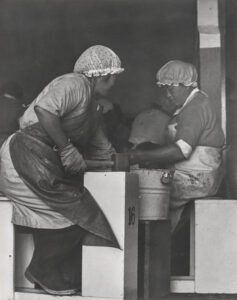 Sibyl AnikeefAbalone Workers, Monterey1936
Sibyl AnikeefAbalone Workers, Monterey1936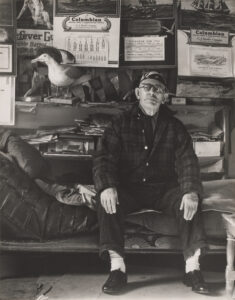 Sibyl AnikeefManuel Duarte, Ship Chandler, Monterey #1ca. 1940
Sibyl AnikeefManuel Duarte, Ship Chandler, Monterey #1ca. 1940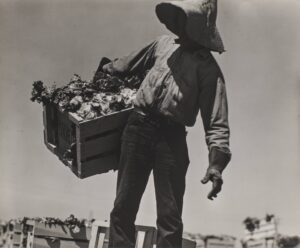 Sibyl AnikeefFilipino Lettuce Workers1936
Sibyl AnikeefFilipino Lettuce Workers1936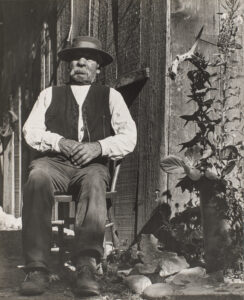 Sibyl AnikeefRamirez, Tortilla Flat, Carmel Indian1936
Sibyl AnikeefRamirez, Tortilla Flat, Carmel Indian1936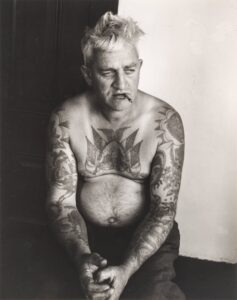 Sibyl AnikeefSoldier Meyer, Tattoo Artist, Montereyca. 1940
Sibyl AnikeefSoldier Meyer, Tattoo Artist, Montereyca. 1940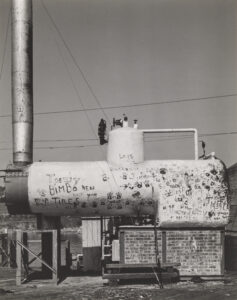 Sibyl AnikeefOn Fisherman's Wharf1940
Sibyl AnikeefOn Fisherman's Wharf1940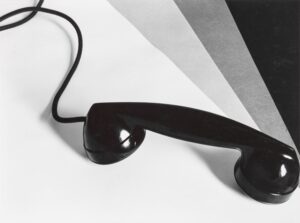 Sibyl AnikeefTelephone #11942
Sibyl AnikeefTelephone #11942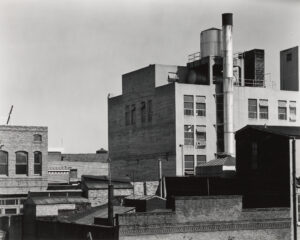 Sibyl AnikeefFrom Our Window, San Francisco1942
Sibyl AnikeefFrom Our Window, San Francisco1942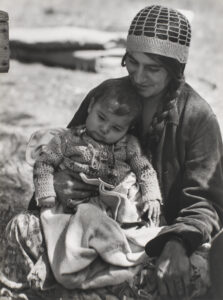 Sibyl AnikeefGypsy Motherca. 1940
Sibyl AnikeefGypsy Motherca. 1940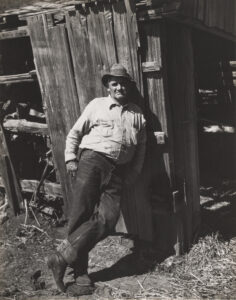 Sibyl AnikeefSouza, Early Settler, Garapatos Canyon, Big Sur1938
Sibyl AnikeefSouza, Early Settler, Garapatos Canyon, Big Sur1938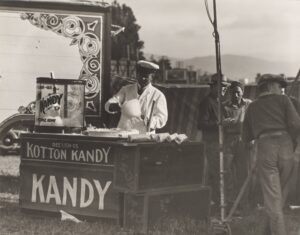 Sibyl AnikeefCircus1936
Sibyl AnikeefCircus1936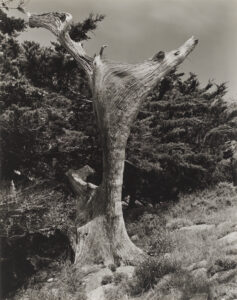 Sibyl AnikeefCypress1941
Sibyl AnikeefCypress1941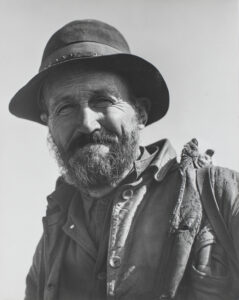 Sibyl AnikeefCalifornia indigent, 1936 Model1936
Sibyl AnikeefCalifornia indigent, 1936 Model1936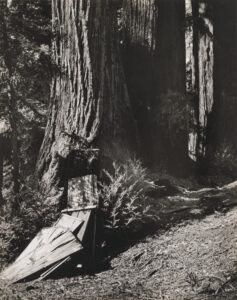 Sibyl AnikeefRedwoods, Palo Colorado Canyon, Sur Region #3ca. 1940
Sibyl AnikeefRedwoods, Palo Colorado Canyon, Sur Region #3ca. 1940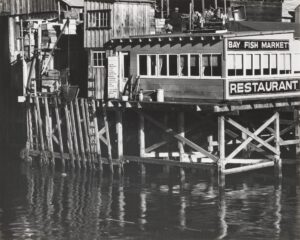 Sibyl AnikeefWharf Scene #1ca. 1940
Sibyl AnikeefWharf Scene #1ca. 1940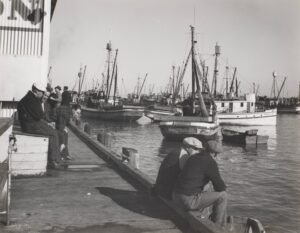 Sibyl AnikeefMonterey Wharfca. 1936
Sibyl AnikeefMonterey Wharfca. 1936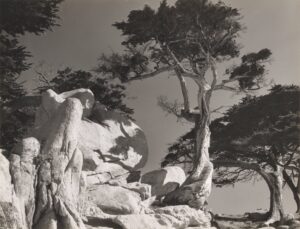 Sibyl AnikeefTrees, Seventeen Mile Driveca. 1937
Sibyl AnikeefTrees, Seventeen Mile Driveca. 1937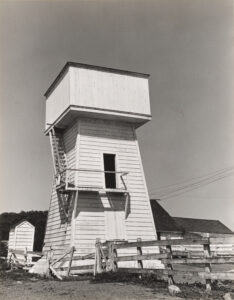 Sibyl AnikeefPump House, Salinas1937
Sibyl AnikeefPump House, Salinas1937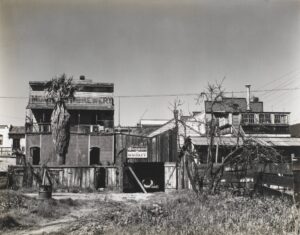 Sibyl AnikeefOld Brewery, Montereyca. 1938
Sibyl AnikeefOld Brewery, Montereyca. 1938